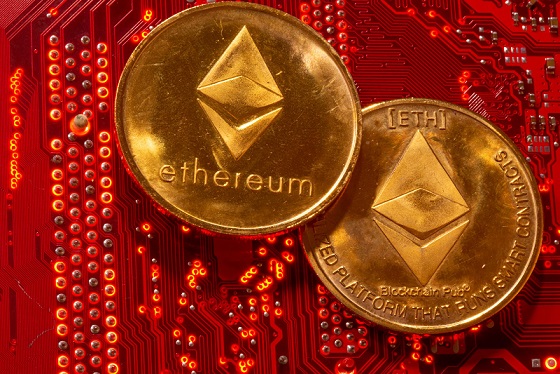Ethereum (ETH) exchange-traded funds (ETFs) have struggled since their launch in July 2024, recording $610 million in net outflows, while Bitcoin ETFs faced $330 million in net outflows during the same period.
The world’s second-biggest cryptocurrency has consistently underperformed Bitcoin since these launches, with its share of the global crypto market cap steadily declining.
Meanwhile, Layer 1 Ethereum activity remains subdued, even as Layer 2 usage has risen significantly. According to Citi analysts, this trend may shift in the wake of the risk-friendly stance taken by the Federal Open Market Committee (FOMC) in September.
“Should the broad risk-on market environment continue, crypto and ETH may be supported and potentially reverse the net ETF outflows,” Citi analysts said in a note, though this would require improved activity on the Ethereum network.
The dovish FOMC decision appears to have halted ETH's decline relative to BTC, as the BTC/ETH ratio has slightly fallen since the meeting. Still, the challenge remains significant: only about 30% of trading days have seen positive net inflows into spot ETH funds.
Citi points out that for Ethereum's market share to recover meaningfully, Layer 1 activity would need to pick up.
“While Layer 2 network activity has been strong (especially on Base), active addresses on L1 have been subdued, which perhaps could explain some of the coin’s underperformance in recent weeks,” analysts noted.
While Ethereum has seen outflows, Bitcoin ETFs, in contrast, continue to attract attention, with net inflows totaling $17.2 billion since their launch.
Bitcoin's first-mover advantage, combined with its status as "digital gold," has helped it outperform ETH in terms of both inflows and market dominance. In fact, BTC's share of the global crypto market cap has increased steadily since January 2024.
In recent weeks, the correlation between cryptocurrencies and U.S. equities has surged, driven by macroeconomic factors such as labor data and the Federal Reserve's policy trajectory. Citi notes that this link is expected to remain strong as markets gain clarity on the economic outlook and potential regulatory changes, especially with the upcoming U.S. presidential election.
Equities have emerged as the dominant macro driver for crypto. Notably, the crypto-USD correlation turned positive on August 5, a rare occurrence in recent years.
Separately, while fears of monetary debasement, which could boost both crypto and gold, are not prominent at this stage, Citi analysts continue to monitor any signs of their resurgence.
